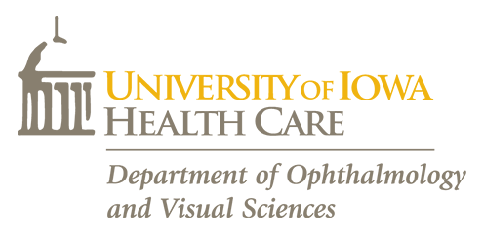Purpose: To determine whether functional vision and visual function improvements after voretigene neparvovec (VN; Luxturna [Spark Therapeutics, Inc]) administration in patients with biallelic RPE65 mutation-associated inherited retinal disease are maintained at 3 to 4 years and to review safety outcomes.
Design: Open-label, randomized, controlled phase 3 trial.
Participants: Thirty-one individuals were enrolled and randomized 2:1 to intervention (n = 21) or control (n = 10). One participant from each group withdrew before, or at, randomization.
Methods: Patients in the original intervention (OI) group received bilateral subretinal VN injections. Delayed intervention (DI) patients served as control participants for 1 year then received VN.
Main outcome measures: Change from injection baseline in bilateral performance on the multiluminance mobility test (MLMT), a measure of ambulatory navigation, and change from injection baseline in full-field light sensitivity threshold white light, visual field (VF), and visual acuity (VA).
Results: Mean bilateral MLMT change scores at year 4 for OI patients and year 3 for DI patients were 1.7 and 2.4, respectively, with 71% of patients with a year 3 visit able to pass MLMT at the lowest light level. Mean change in full-field light sensitivity threshold white light, averaged over both eyes at year 4 for OI patients and year 3 for DI patients, was -1.90 log10(cd.s/m2) and -2.91 log10(cd.s/m2), respectively. Mean change in Goldmann kinetic VF III4e sum total degrees, averaged across both eyes, was 197.7 at year 4 for OI patients and 157.9 at year 3 for DI patients. Mean change in VA (Holladay scale), averaged across both eyes, was -0.003 logarithm of the minimum angle of resolution (logMAR) at year 4 for OI patients and -0.06 logMAR at year 3 for DI patients. One OI patient experienced retinal detachment at approximately year 4 that impacted VA for the OI group. No product-related serious adverse events (AEs) occurred, nor did any deleterious immune responses.
Conclusions: Improvements in ambulatory navigation, light sensitivity, and VF were consistent in both intervention groups. Overall, improvements were maintained up to 3 to 4 years, with ongoing observation. The safety profile of VN was consistent with vitrectomy and the subretinal injection procedure and was similar between intervention groups, with no product-related serious AEs reported.
Keywords: RPE65; gene augmentation; inherited retinal disease; voretigene neparvovec.

